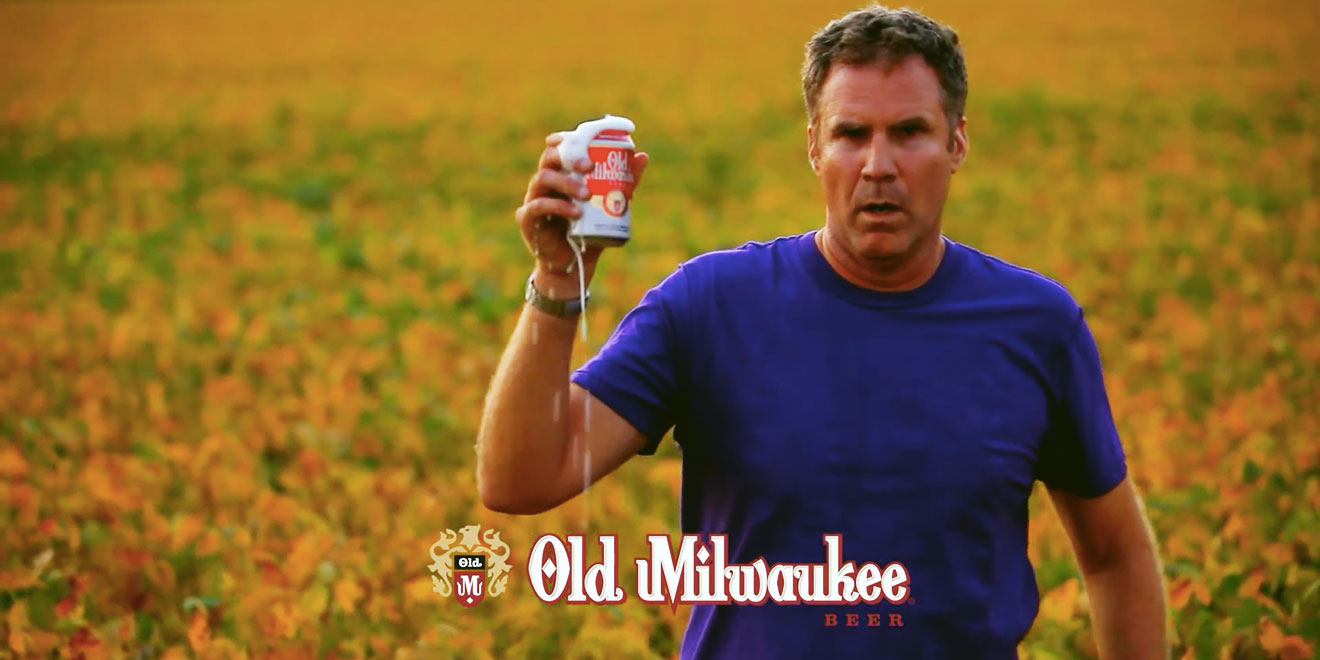The Super Bowl: An Evolution in TV Advertising
Local ad buys and marketplace sales are becoming increasingly important.

The Super Bowl is America’s most-watched television event of the year, with interest in the game’s advertisements at a level to rival interest in what happens on the field.
The more things change...
A lot has changed in the 55-year history of the NFL’s annual finale, but much has also stayed the same. Advertisers have always been willing to pay premium rates for commercials that air during the national broadcast. A 30-second in-game spot during the first Super Bowl in 1967 cost $40 thousand, while that same spot this year tops out at $7 million, $1.5 million more than in 2021.
But how and where advertisers secure those spots has slowly evolved, with local ad buys and marketplace sales becoming increasingly important.
Old Milwaukee marketers set the standard for leveraging a local Super Bowl ad buy to gain national traction. In the nation’s second-smallest TV market, North Platte, NE, Old Milwaukee ran an ad on two local stations during 2012’s Super Bowl. The ad featured actor Will Ferrell in a 30-second spot that was incredibly simple and inexpensive to produce. And it cost only $3,000 to air. The commercial’s post-game buzz surpassed nearly every other ad seen during that year’s game.
The following year, Pabst, Old Milwaukee’s parent company, continued the trend they set by buying local again for 2013’s game, employing the same combination of inexpensive, unconventional, and simple. Once again starring Ferrell, the minute-long ad aired in three of America’s smallest TV markets—Glendive, MT; Sherman, TX; and Ardmore, OK.
Super Bowl XLIX in 2015 saw the delivery of the world’s first-ever programmatically transacted Super Bowl ad. The makers of Oreo cookies and Ritz Crackers bought local in-game inventory on WICU-TV in Erie, PA, airing two 15-second spots during the local station break at the end of half-time. The spots reached a regional audience of approximately 100,000 Super Bowl viewers and again generated national buzz.
More minor, regional advertisers have long recognized the effectiveness and affordability of buying local spots during the Super Bowl. Thanks to the success of Pabst and others, more and more national brands are leveraging local buys as well.
In addition to in-game inventory, local stations in the home markets of the game’s two participating teams also produce pre-and post-game Super Bowl-related programming, including during the two weeks leading up to the game. This holds for local market affiliates whose parent company owns the broadcast rights – this year that’s NBC – but also for stations that won’t be broadcasting the Super Bowl, but that still saturate sports programming with home-team coverage.
As a result, extremely attractive local ad inventory with larger-than-usual audiences is available to transact via TV marketplaces. Smaller, regional brands can realize huge benefits, but so can national brands, even those that have already purchased in-game Super Bowl spots with the network.
They can build out more extensive campaigns by buying local spots that further extend their Super Bowl reach while leveraging more affordable pricing. This combination of versatility, convenience, and affordability is one of the reasons marketplace TV transactions keep growing, accounting for as much as $8 billion of the $60 billion TV ad market in 2021.
The more things stay the same
Super Bowl viewership has always been massive, steadily increasing from just over 40 million for the first Super Bowl back in 1967, to consistently averaging more than 100 million since 2010. Those numbers are extremely attractive, leading advertisers to compete financially for limited inventory, driving rates to record-breaking highs year after year.
Those numbers also drive advertisers to compete creatively, hoping every year to produce that one ad that will capture the attention and imagination of viewers, turning the Super Bowl into the advertising showcase it has become. In 1977, that ad was Xerox’s 60-second spot, Monks,

in 1984 it was Apple’s Macintosh commercial aptly titled 1984, and in 2010, it was Snickers’ iconic spot featuring Betty White and Abe Vigoda. And with a streak that spanned 37 years and featured Clydesdales, puppies, and frogs, almost everyone can instantly call to mind a favorite Budweiser Super Bowl commercial.
And that creativity attracts viewers—for many of whom the Super Bowl is the only football game they watch all year. That creates a unique opportunity for advertisers to reach massive audiences, spanning nearly all demographics and unmatched by any other annual television event.
But the real winners are the local TV stations who can meet the demand for inventory the Super Bowl creates, during, pre-, and post-game, providing effective and affordable alternatives to million-dollar network buys.
Get the TV Tech Newsletter
The professional video industry's #1 source for news, trends and product and tech information. Sign up below.

Will Offeman is chief product officer with WideOrbit, where he leads strategy, design, and development of all its software solutions. With decades of professional experience in broadcasting, cable networks, and digital publishers, Offeman focuses on advancing digital and linear advertising. On LinkedIn.
